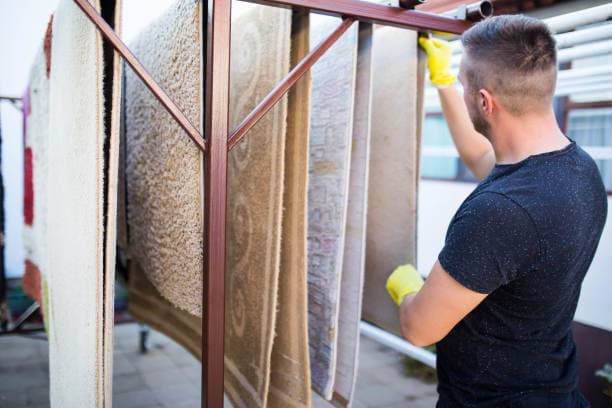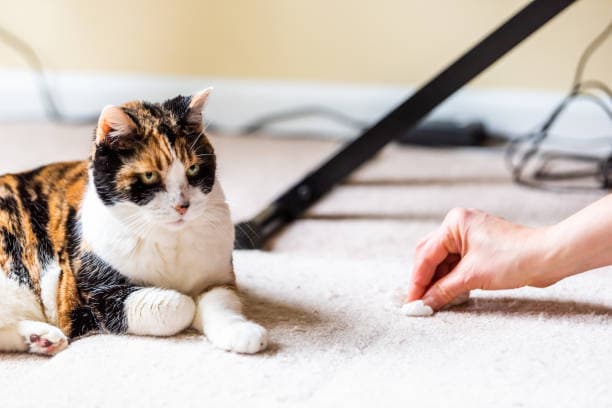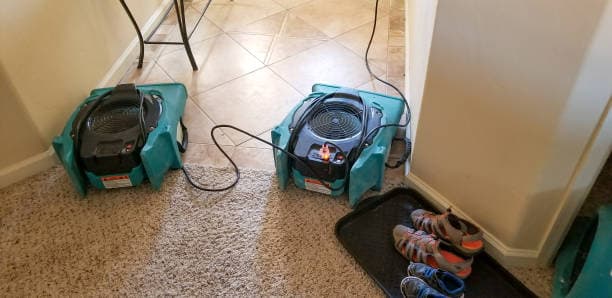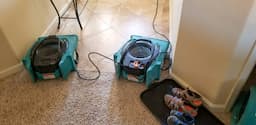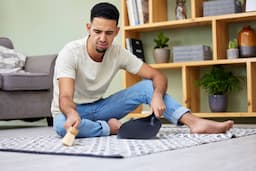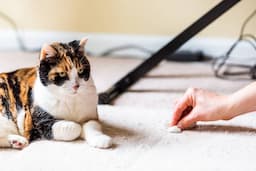Mold growth in carpets is a common issue in homes and businesses, especially in areas with high humidity or frequent water exposure. If carpets remain damp for extended periods, mold spores can thrive, leading to unpleasant odors, health concerns, and damage to flooring. Proper carpet drying techniques are essential in preventing mold growth and maintaining a clean, healthy indoor environment.
This article explores the dangers of mold in carpets, the science behind moisture and mold growth, and effective methods to dry carpets properly to prevent mold infestation.
Understanding Mold Growth in Carpets
What is Mold?
Mold is a type of fungus that thrives in moist, warm environments. It reproduces through airborne spores and can grow on various surfaces, including carpets, wood, drywall, and upholstery. When mold spores find a suitable damp surface, they multiply and spread rapidly.
Why Are Carpets Prone to Mold Growth?
Carpets are particularly susceptible to mold for several reasons:
- Absorbent Material: Carpets trap moisture from spills, floods, leaks, and high humidity.
- Limited Air Circulation: Thick carpeting and underpadding can retain moisture, making it difficult to dry completely.
- Organic Debris: Dirt, dust, and pet dander in carpets provide food sources for mold growth.
Health Risks Associated with Mold in Carpets
Mold exposure can lead to various health problems, including:
- Respiratory Issues: Mold spores can trigger asthma attacks and allergic reactions.
- Skin Irritation: Direct contact with mold-infested carpets can cause skin rashes and irritation.
- Fungal Infections: Prolonged exposure may increase the risk of fungal infections, particularly in individuals with weakened immune systems.
Key Factors That Contribute to Mold Growth
Understanding the factors that lead to mold growth helps in implementing effective preventive measures. These factors include:
1. Moisture Levels
- High humidity levels (above 60%) create an ideal environment for mold growth.
- Spills, flooding, or leaks that go untreated can lead to moisture buildup in carpets.
2. Poor Ventilation
- Insufficient airflow in rooms with carpets can trap moisture and prevent it from drying quickly.
- Closed-off areas with limited exposure to sunlight are more susceptible to mold.
3. Organic Materials in Carpets
- Dust, dirt, and pet hair serve as a food source for mold.
- Lack of regular vacuuming and deep cleaning allows debris to accumulate.
Effective Carpet Drying Techniques to Prevent Mold
1. Immediate Water Extraction
If a carpet becomes wet, it is crucial to remove excess moisture as quickly as possible.
- Use a wet/dry vacuum to extract standing water.
- Blot the area with absorbent towels or microfiber cloths.
- Avoid rubbing, as this can push moisture deeper into the carpet fibers.
2. Use of Air Circulation & Ventilation
Increasing airflow speeds up the drying process and reduces moisture retention.
- Open windows and doors to promote cross-ventilation.
- Use ceiling fans, box fans, or oscillating fans to improve air circulation.
- Move furniture away from damp areas to allow air to reach all sides of the carpet.
3. Dehumidification for Moisture Control
A dehumidifier helps remove excess moisture from the air, making carpets dry faster.
- Set the dehumidifier to maintain indoor humidity levels below 50%.
- Place the unit near the affected area for maximum efficiency.
- Empty and clean the dehumidifier regularly to prevent mold growth inside the unit.
4. Use of Heat for Faster Drying
Applying heat can accelerate carpet drying and inhibit mold growth.
- Turn on the heating system to maintain a warm indoor temperature.
- Use a hairdryer on a low setting for small wet spots.
- Consider renting a professional-grade carpet dryer for extensive water damage.
5. Baking Soda and Absorbent Materials
Baking soda is an excellent natural moisture absorber.
- Sprinkle baking soda over the damp carpet and let it sit for a few hours.
- Vacuum thoroughly to remove the baking soda along with absorbed moisture.
- Silica gel packets can also be placed near damp areas to absorb excess moisture.
6. Professional Carpet Cleaning and Drying
For severe water damage or persistent dampness, professional services may be necessary.
- Steam cleaning followed by high-powered drying prevents mold formation.
- Dry-cleaning methods that use minimal moisture can be effective alternatives.
- Professionals have access to industrial-grade dehumidifiers and air movers for efficient drying.
Preventive Measures for Long-Term Mold Prevention
1. Regular Carpet Maintenance
Keeping carpets clean and dry prevents mold from gaining a foothold.
- Vacuum carpets at least twice a week to remove dirt and dust.
- Schedule professional deep cleaning every 6-12 months.
- Avoid over-wetting carpets during cleaning and ensure thorough drying.
2. Address Leaks and Spills Immediately
Water damage from leaks or spills should be managed promptly.
- Fix plumbing leaks and roof leaks as soon as they are detected.
- Dry any liquid spills immediately using absorbent materials.
- Inspect for signs of hidden leaks behind walls or under flooring.
3. Use Mold-Resistant Carpet Padding
Certain types of carpet padding are designed to resist mold growth.
- Opt for moisture-resistant padding made of rubber or synthetic materials.
- Avoid thick padding that retains moisture for extended periods.
4. Control Indoor Humidity
Maintaining optimal humidity levels is crucial in preventing mold.
- Use air conditioners or dehumidifiers during humid months.
- Monitor indoor humidity levels with a hygrometer.
- Houseplants like aloe vera and peace lilies can help absorb excess moisture.
5. Sunlight Exposure for Natural Drying
Natural sunlight is an effective way to prevent mold growth.
- Move portable rugs and mats outdoors to dry under direct sunlight.
- Open blinds and curtains during the day to allow sunlight to reach carpeted areas.
Signs That Mold is Present in Carpets
Even with proper drying techniques, mold can still develop in some cases. Look out for the following signs:
- Musty Odor: A persistent, damp smell is often a clear indicator of mold presence.
- Discoloration: Green, black, or white spots on carpets may signal mold growth.
- Increased Allergies: If occupants experience sneezing, coughing, or itchy eyes, mold spores may be present.
- Soft or Warped Carpet Texture: Moisture-damaged carpets may feel spongy or uneven underfoot.
How to Remove Mold from Carpets
If mold has already formed in carpets, it must be removed immediately to prevent further spread.
1. Apply Vinegar or Hydrogen Peroxide Solution
- Mix equal parts white vinegar and water.
- Spray on affected areas and let sit for 30 minutes.
- Blot with a dry towel and vacuum thoroughly.
2. Use Baking Soda and Borax
- Sprinkle a mixture of baking soda and borax over moldy spots.
- Let sit overnight before vacuuming to remove mold spores.
3. Consider Professional Mold Removal Services
For extensive mold infestations, professional mold remediation is recommended. Experts use specialized equipment to eliminate mold and prevent recurrence.
Conclusion
Preventing mold growth in carpets is essential for maintaining indoor air quality and prolonging carpet lifespan. Proper carpet drying, regular maintenance, and effective moisture control strategies significantly reduce the risk of mold infestation. By implementing these best practices, homeowners and businesses can enjoy clean, fresh-smelling carpets while safeguarding their health and property.
Would you like additional tips on mold-resistant carpet choices or specific cleaning products?
